Two English teachers share how Romania has charmed them and their efforts to save the local heritage
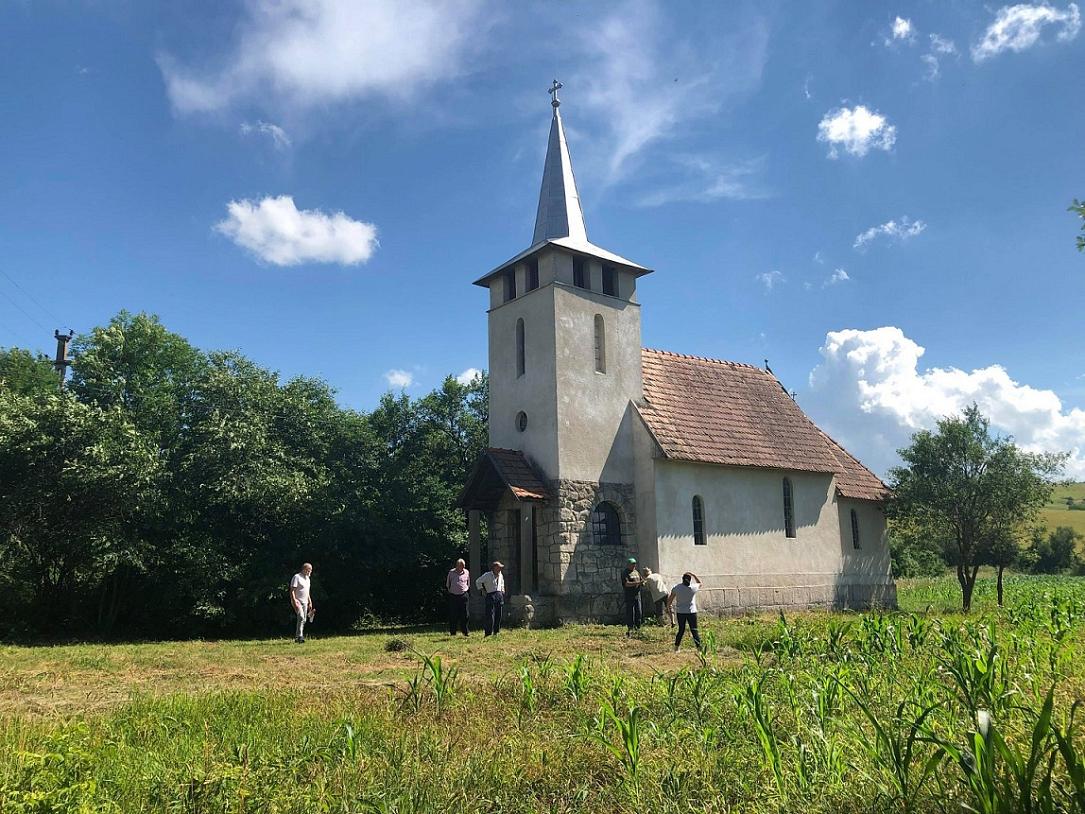


This exclusive Romania Insider article focuses on the efforts made by two English teachers and their local collaborators to save, preserve and bring back to life several traditional wood buildings in Transylvania. You can read this article and support us to write more such interviews by getting a Romania Insider membership. With our Premium membership, you will access all our exclusive articles and also get seven premium newsletters.
Târnaț Kalotaszeg Durabil (TKD) works to preserve traditional structures at risk in the villages of Țara Călatei (Land of Călata)/ Kalotaszeg, a region in Transylvania located in between the western part of Cluj county and the southern part of Sălaj county. The overarching aim is to promote and support real economic, social and cultural, ecologically sustainable development in the region. The târnaț included in the association's name is the veranda of an old house in the region, a multi-functional space where birds nest and herbs dry during summer.
The association was founded by Sara Meaker and Douglas McFarlane, two English teachers now based in Huedin. The two first came to Romania in 1994 for a one-month holiday. At the time, they were living in Poland, where they were teaching. They returned to Romania in 1997 and worked in Timișoara and Arad and the following year in Târgu Mureș. "After a spell in Scotland by accident, we became owners of the Yellow Castle in Newport on Tay, a 'toy castle' built in 1813. We return there every winter to maintain it using the materials it was built with (lime, stone), care for the garden and reduce the amount of wood required for heating in Romania," they explain. A Newport-on-Tay TV (NOTTV) history special on Newport on Tay that covers the castle is available here.
Douglas McFarlane was even at Otopeni airport in 1989, one week before the revolution began, in transit from Asia. "One week later and he would have been in the middle of a revolution. The airport was shrouded in mist. The buildings were unheated, almost everything was closed, and only a duty-free shop was open. One woman wrapped in a huge coat looked at him with empty eyes which said 'there is nothing here for you'."
When it comes to "cultural shocks" related to the country, they point to "how easy hitch-hiking was and even though the locals usually had to pay as foreigners were usually taken for free."
Sara also saw the opportunity and chance Romania has. "There are open-air markets, old buildings not destroyed by cement, villages with animals, fields are worked, two languages (at least!) [are spoken]. There are four seasons. There are amazingly kind local people who will take the time to teach me about the past and present. There are motivated people interested in celebrating the same kind of thing as me. Everything is possible."
As for Romania's draw, they mention the community spirit and warmth. "How Romania charmed us can be found in many books written by visitors from Western Europe. The most charming thing was being in a country shunned by most and finding an idyllic backwater full of community spirit and warmth. Unfortunately, the recent 'cowboy' capitalism has destroyed much of this. We work to stop its complete disappearance. Romania still has much more charm than most, but preserving this gets more difficult with each passing day. There are some really good people fighting to retain amazing traditions, for instance, Leontina Prodan." [Leontina Prodan grows hemp in a small area in Gâlgăul Almașului, in Sălaj, and designs clothes made of hemp fiber].
Stopping the decay of the church in Petrinzel
For the works on the church in Petrinzel (in opening photo), TKD teamed up with Zsigmond András, a villager and creator of Marathon, a "beautifully quirky guest house in the village"; Bogdan Ilieș, who holds a PhD in history from the George Barițiu History Institute in Cluj-Napoca; the now-retired village clerk Debreczeni Pali; and local craftsman Zagor Tibor. They managed to carry out emergency repair work on the roof of the church and the continued ingress of water, which was causing serious timber decay, was stopped for the time being. The team estimates that the works can protect the church for around two years, a time frame in which they plan to secure funding for further repair works.
The construction of the church, built between 1924 and 192, was overseen by architect Kós Karoly, who worked throughout Transylvania. The building incorporates an older wooden church from a nearby village, TKD explained in a release. The old wooden church in Stana/Sztána was no longer required as a new stone church had been designed there by Kós Karoly, so it was dismantled and the beams were used to raise the walls of this 'new' church in Petrinzel. The architect added a prominent stone tower that gives the church a more modern appearance. As it happened in Stana, the church in Petrinzel was used by the Greek-Catholic community until 1948, when the communist Government disbanded the local Greek-Catholic Church. The building of the church has remained relatively untouched as the ethnic Romanian community in Petrinzel disappeared. Without a congregation and no resident priest in the village, it was also vulnerable to storm damage.
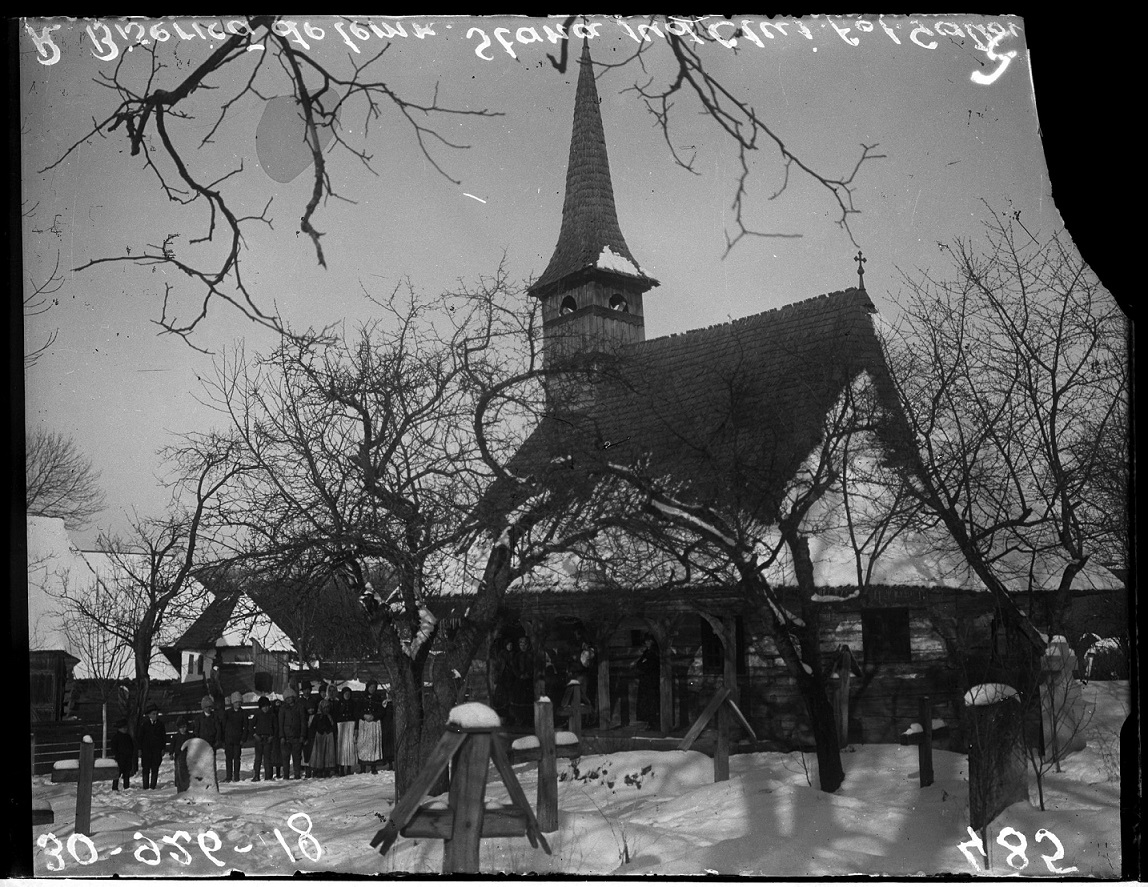
Bogdan Ilieș did his doctoral thesis on the topic of Romanian churches in Salaj county, and has been studying, documenting and writing about wooden churches in Romania for more than 12 years. Since 2015 he has been part of a team of specialists and enthusiasts involved in the repair and protection of several wooden churches in Transylvania and the region of Banat, which are on the list of Historic Monuments. He is a vice-president of the NGO Arhaic, involved with preserving historic structures in Salaj county and an affiliate of Ambulanța pentru Monumente, a non-profit working to rescue hundreds of heritage-listed buildings in the country.
With his expertise, Ilieș told the community about the church's history and the repairs needed. The building's oldest bell dates to 1872 and was most probably the bell housed in a small building next to the home of the Greek-Catholic curator where services were held before the present church was erected. The paintings on the walls are the work of Huedin-based master Petru Crăciun, a well-known church painter active between the wars. He probably painted the pieces in his Huedin workshop and then transported them to Petrinzel.
Before the start of the works, TKD organized a meeting with the community on the topic of the church's restoration. At the meeting, attended by villagers and the priest for the church and the Reformed Church minister, Ilieș advised about the repairs needed. Following his advice, the team set out to source roof tiles, wood and galvanized tin necessary for local craftsman Tibor to make the emergency repairs required to the roof. The roof tiles are old and rare in the area, but András managed to find a stock that could be reused at the nursery school of the Kétágú Reformed Church in Cluj. András and Pali donated the wood and metal required, while TKD paid for Tibor's work and other costs incurred. The cost was very small thanks to these donations and the great organizational energy of the team of volunteers, the non-profit explains.
"The successful completion of these emergency repairs to the former Greek-Catholic, now Orthodox, church in Petrinzel is the first time we have been involved with a building of such unique historic importance. This building now has a future, and we feel very grateful, impressed and encouraged by the team: András, Bogdan, Pali, Tibor, with whom we shared the desire to act - we cared enough to play our part and make these emergency repairs a reality," TKD explained.
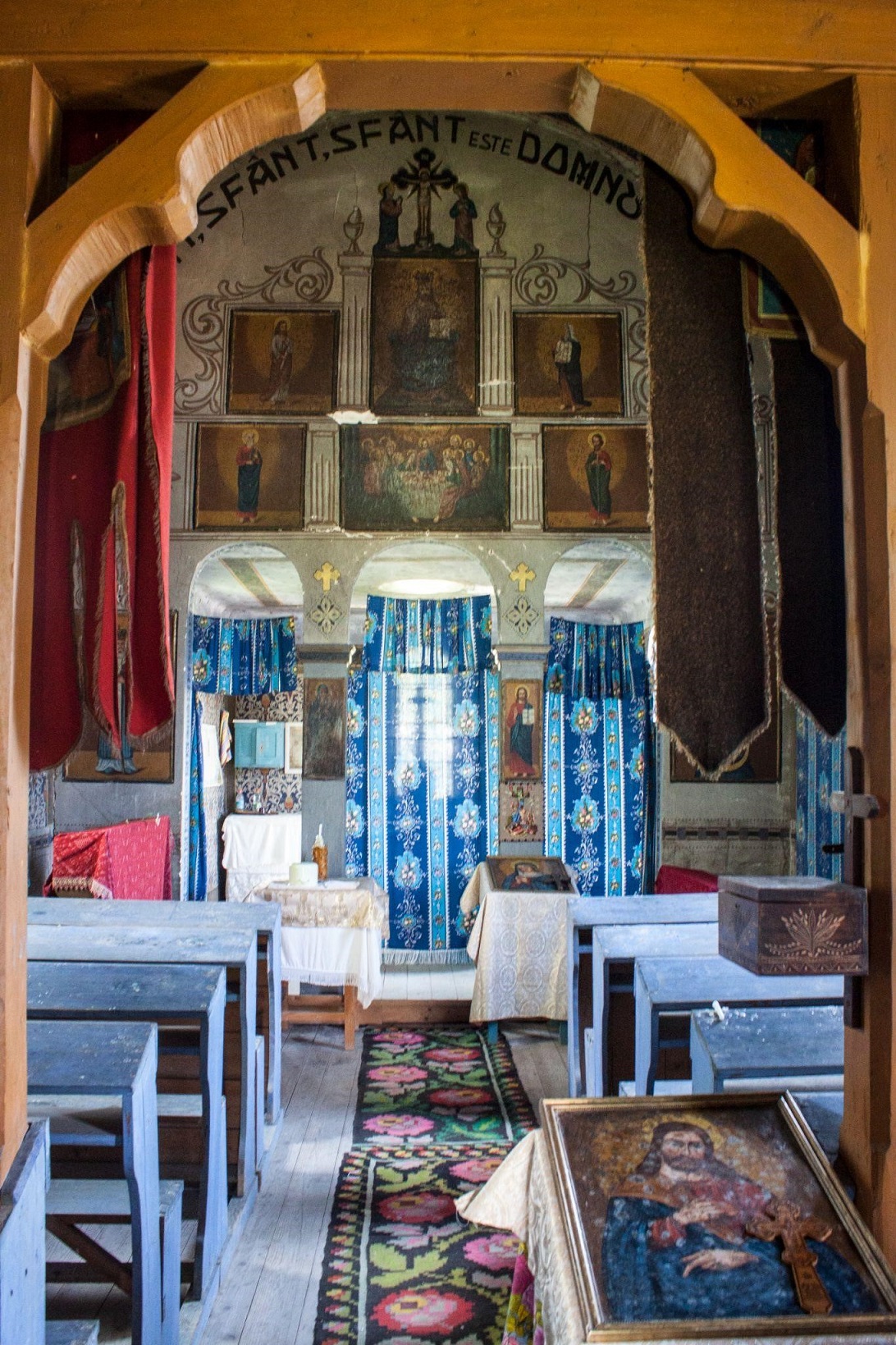
The association teamed with the neighboring parish of Gălășeni to work on the restoration of the church as the Romanian community in Petrinzel is too small to have been able to support the repairs.
"It isn't about money. Our happiness comes from knowing every time it rains, it is not raining inside the church and that together we achieved this. The Romanian community in Petrinzel is so small that it could not materially support the repairs to this church. This is why the association TKD, in collaboration with the neighboring parish of Gălășeni, wanted to revitalize this important building which is such a part of the history of the village and a largely unknown work of the renowned architect and true Renaissance man, Kós Károly."
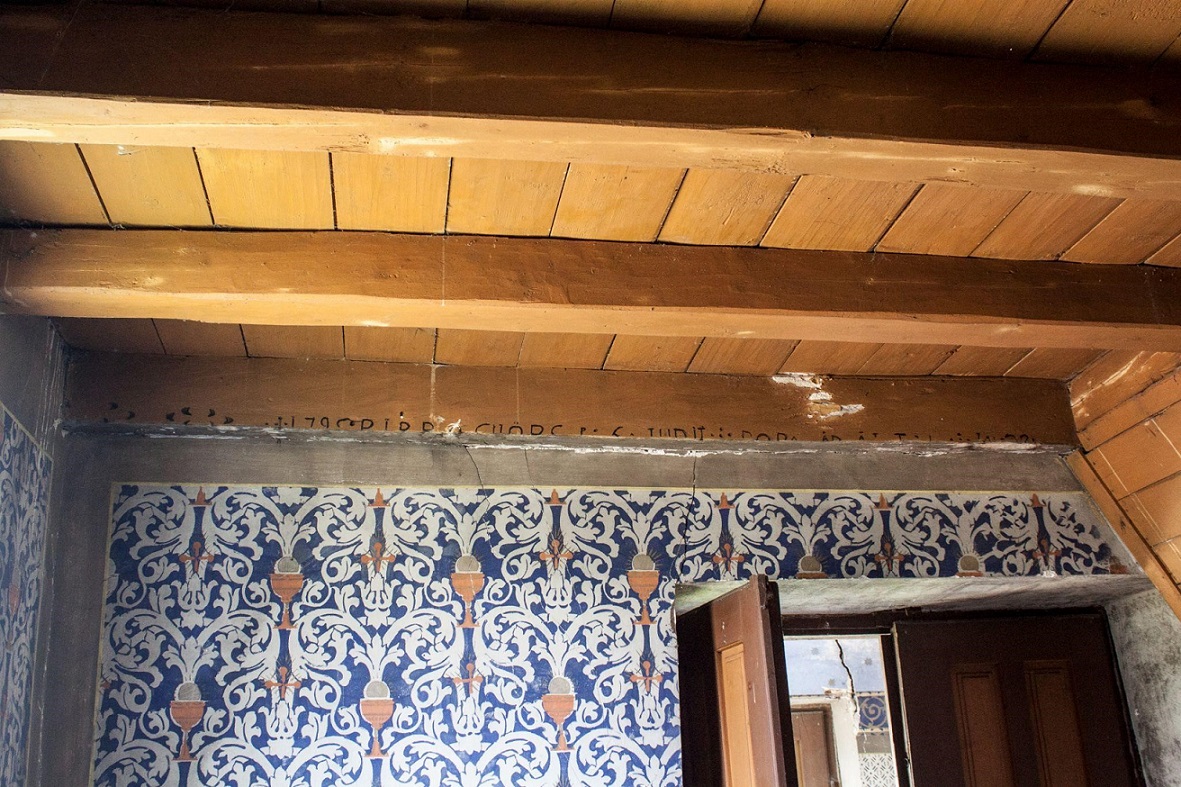
TKD plans to continue to work with the local Orthodox parish to revitalize the church and disseminate its story and that of the "unheralded conservation work of Kós Károly." They expect the building to require serious repairs in one or two years and have already started on a full rescue plan, initially in the form of an awareness-raising campaign. "In good time, we will need to make a detailed survey of the building, quantify and plan the repairs and seek the necessary funds."
Other previous and future repair projects
The church in Petrinzel is not the first historic building TKD saved or attempted to save. The non-profit has focused so far on simple peasant buildings, concerned that they are disappearing at an alarming rate. They attempted to save a house in Văleni/Magyarvalkó but couldn't as the owner was determined to demolish it.
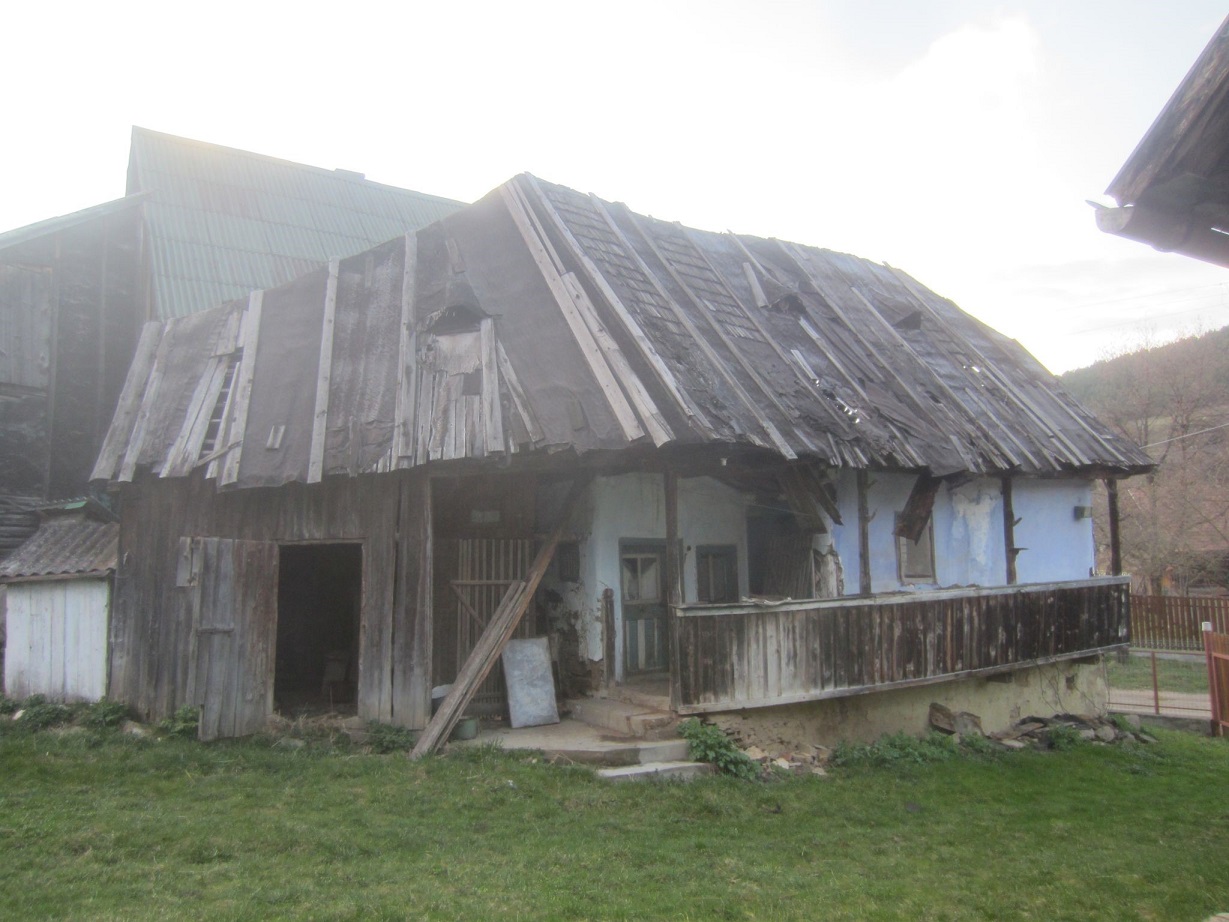
In the same village, TKD worked to protect a late nineteenth-century grain store standing in the courtyard of a modern house. The grain store was kept up and protected until the house was sold. The new owner was not interested in keeping, repairing, or selling to TKD because he needed a garage.
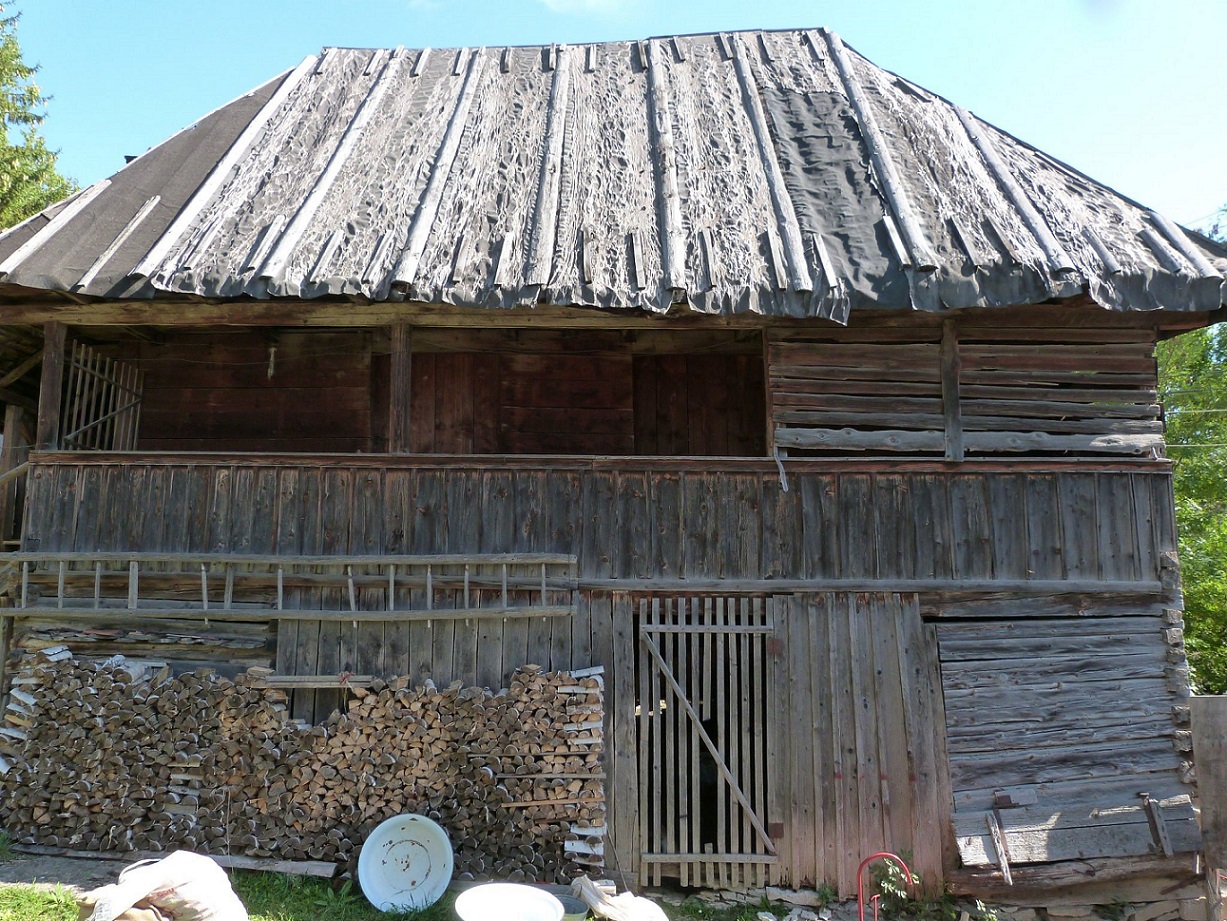
TKD also rescued from demolition a traditional house from the second half of the nineteenth century named Bagolyvár, which translates as Owl Castle. It is probably the oldest building with binding beam still standing in Văleni, they explain. By the 1980s, the house was unoccupied and the young people from the village were using it as a meeting place (traditionally a sewing, spinning, place to have fun) to rehearse Christmas carols and organize discos. TKD bought the house in 2011 and repaired it sustainably and traditionally. Part of the house is organized as a sewing culture – village museum and TKD have held a few natural building repair workshops, and meetings in the house.
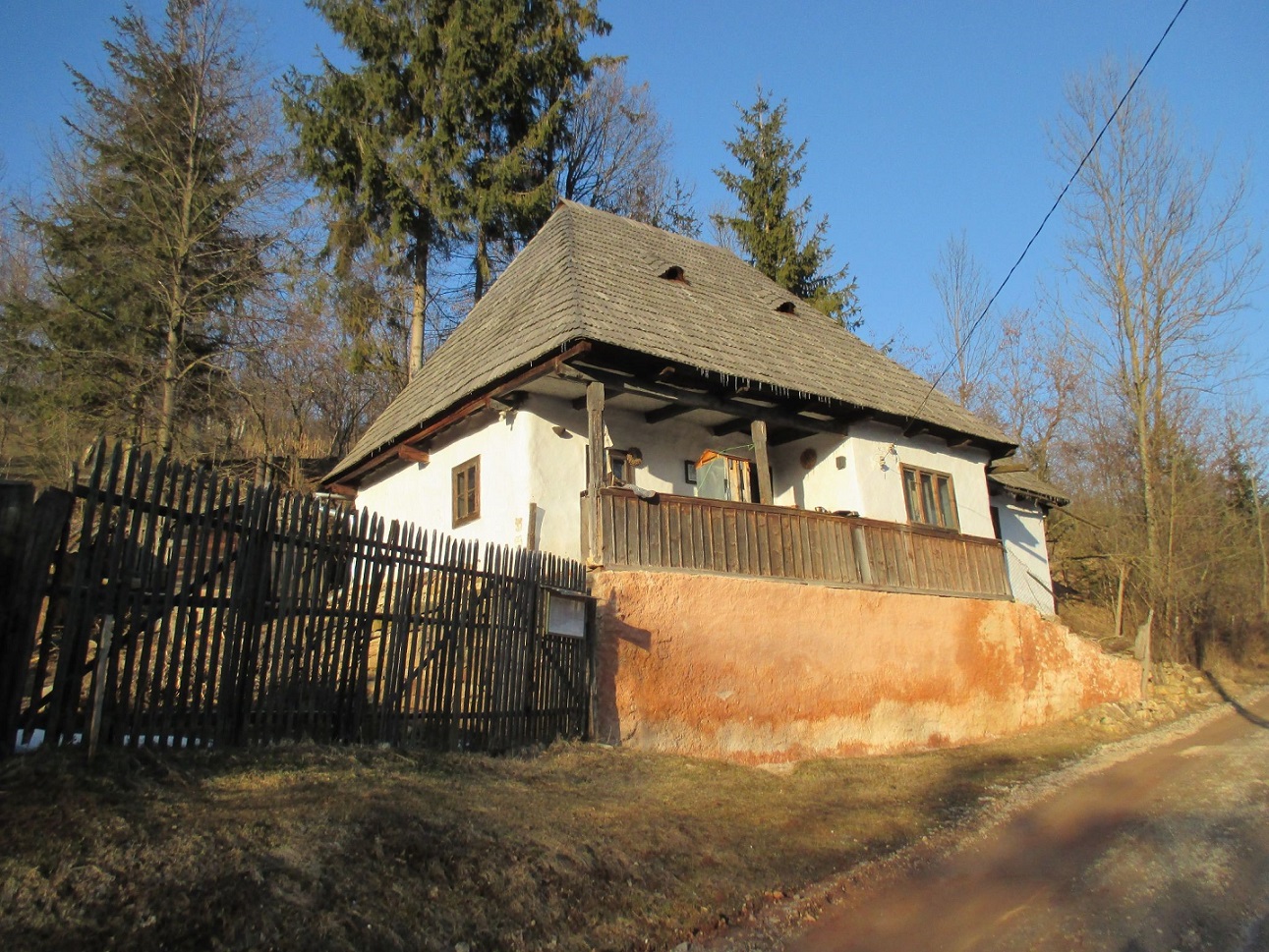
Another house in TKD's care is a one-room house with binding beam in the center of Domoșu/Kalotadámos, built or at least substantially modified in 1921. This building also served as a sewing, spinning, courting place of rituals in the 1950s for the young people of the village. It is the only building in TKD's care that is off-grid. The construction is watertight and is being brought back into use as a home.
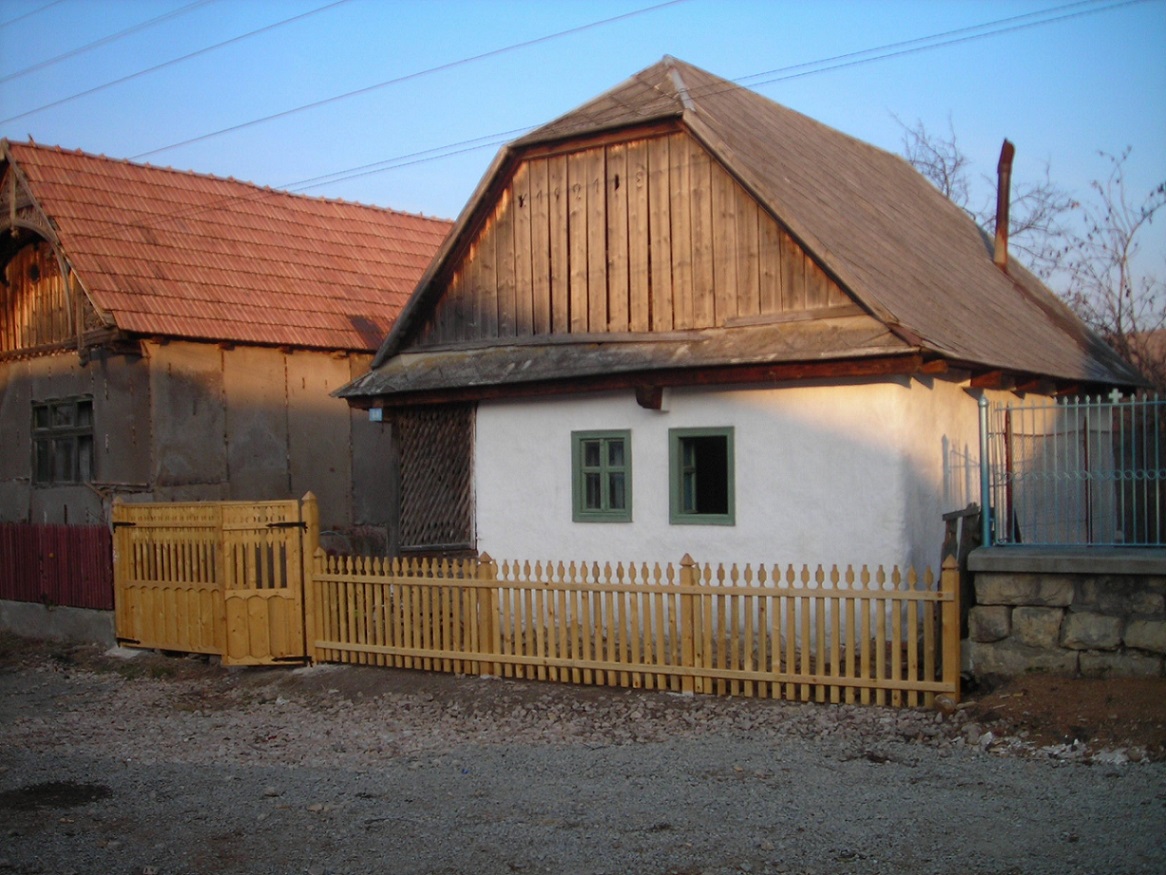
TKD also bought a two-room beamed house in Huedin in the historic cobbled BN Antal/Nagy utca- since the 1950s the site for the 700-year-old Huedin market. Although repaired and modified using modern materials before TKD purchased it, it still retains much original material. TKD extended the house to include a toilet, pantry and also added a veranda/târnaț, and the modern roofing material was replaced with traditional tiles. The building currently houses the TKD team, but the non-profit is modifying it to function as a community hub.
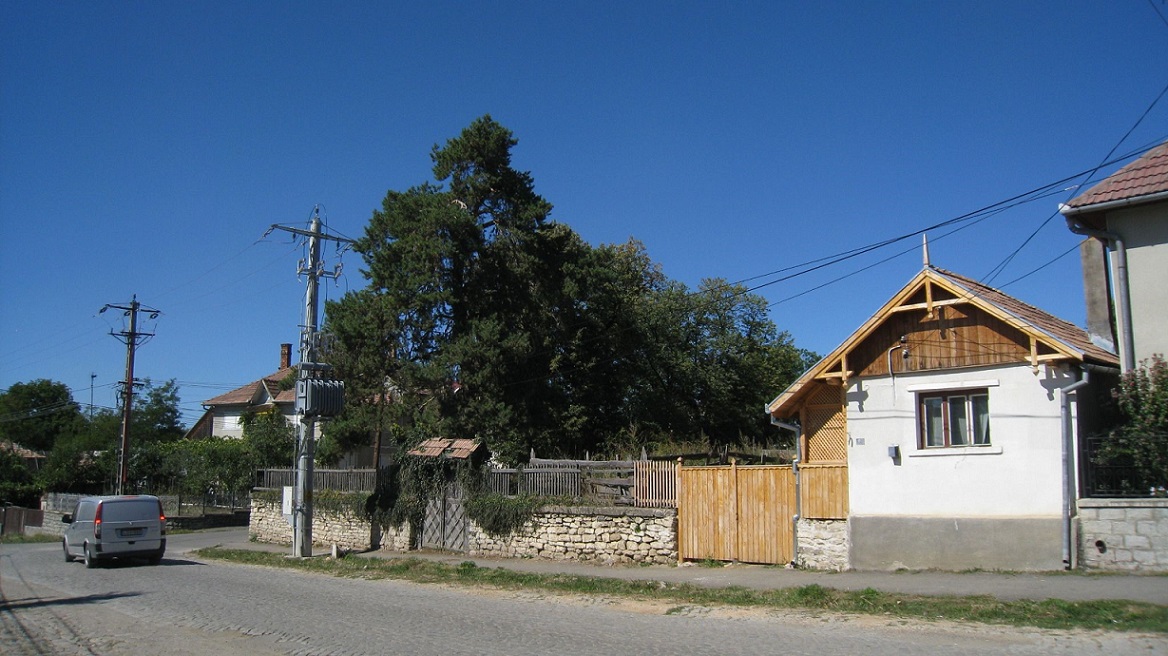
TKD also cares for two other structures, in Alunișu and in Văleni. The former is watertight, but the latter is a very vulnerable structure with only two thirds fully protected from water ingress.
Repairing the region's houses in a sustainable manner is a lengthy process, where skills and a passion for the work are fundamental, the TKD team says. "Something we have learned through experience is that it takes a long time to repair sustainably and traditionally. Both skills and passion are essential. TKD's constant workforce consists of two people, Sara and Douglas. Although we are occasionally joined by friends or volunteers we very much have to prioritize securing a building, making sure there is no water ingress, blocking mouse holes while we wait for more people to realize the importance of peasant structures and learn the skills necessary to repair them using compatible traditional or modern biodegradable materials."
The association is also looking at protecting, repairing and bringing back into use other buildings in Petrinzel. One of them is the 1903 Hungarian Reformed Church school building. "The school situated inside the church walls with its own well is a rarity, and it certainly deserves to be repaired and reinvigorated."

The team has already started the process of mobilizing to get the building repaired and asked Bogdan Ilieș to evaluate the state of the edifice. They found that the oak beams, probably sourced from the forest in Almașu/Váralmás, were in good condition, while the alabaster walls (nearby Stana is a source of alabaster) remained strong. In the short term, the building should receive emergency protection in order not to lose more original material. "The building will be a central point for the community, certainly invoking its past and incorporating a study center to continue the theme of learning," TKD says.
The vulnerable architectural heritage
In the area covered by TKD, the simple peasant house is one of the most vulnerable categories of architectural heritage, they explain.
"Not surprisingly, the simple peasant house is the most under threat. A bulldozer can wipe one of these buildings off the face of the earth in a morning's work. To be replaced with an oversized, completely inappropriate block of concrete that will take days to demolish in the future, leaving toxic waste and a huge carbon footprint behind it. Old houses have to be lived in by the people who also carry out the maintenance. Regular maintenance is essential and can often be fairly slow work - clay takes ages to dry, and even lime mortar is much slower than concrete - which means that paying a professional to do this work properly can be expensive as time is required. However, repairing old buildings and building with natural materials is now almost mainstream in Romania."
At the same time, the association, which doesn't rely on public authorities for help with their work, warns about the dangers of degradation and destruction to local villagescapes.
"We get zero help from the public authorities, who are mostly intent on covering as much of the countryside as they can in concrete - ridiculously over-specified EU subsidized roads and improvements quickly lead to the degradation and subsequent destruction of beautiful and meaningful villagescapes. Money is our enemy. Advertising is directed at the naivety and gullibility of common folk. The public authorities love concrete as concrete loves money."
Supporting small local producers
In addition to working to protect the architectural heritage of the region, TKD has also been working to support small producers. They want to continue to develop the market for small gardeners and have recently held a seed exchange at the Huedin Market. For a while, they carried out the project of deliveries of vegetable boxes with produce, but the association now sells through a cooperative in Cluj and at various events.
"The vegetable box went some years ago as we were overwhelmed by the amount of work involved and the overall logistics. We now sell through a cooperative in Cluj, at occasional events - we were regulars at Mera World Music Festival and hopefully will be again this year if a full festival goes ahead. We have a range of items, some made by ourselves and others by local producers, which we sell at Huedin Market, and this we hope to develop this year. Our gardens have been less tended recently as we no longer have volunteers (too much caring for and not enough work input!). We always need assistance, but cannot find people trained in the skills we require or patient enough to learn them. The locals, naturally, consider us to be harmless, 'hippy' eccentrics living in the past."
(All photos courtesy of Târnaț Kalotaszeg Durabil; opening photo by Sara J. Meaker)
simona@romania-insider.com